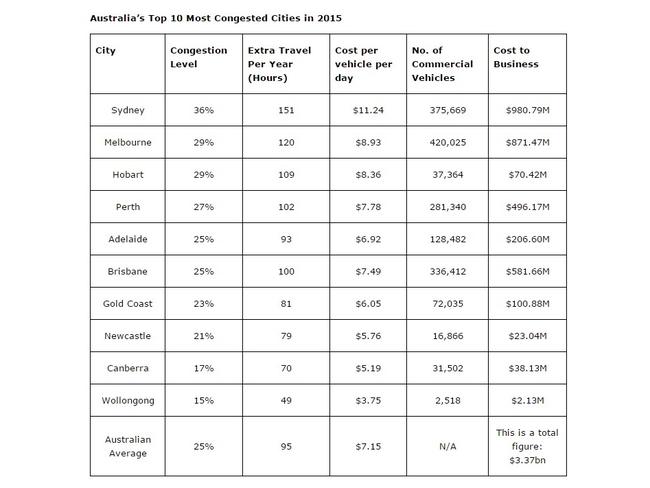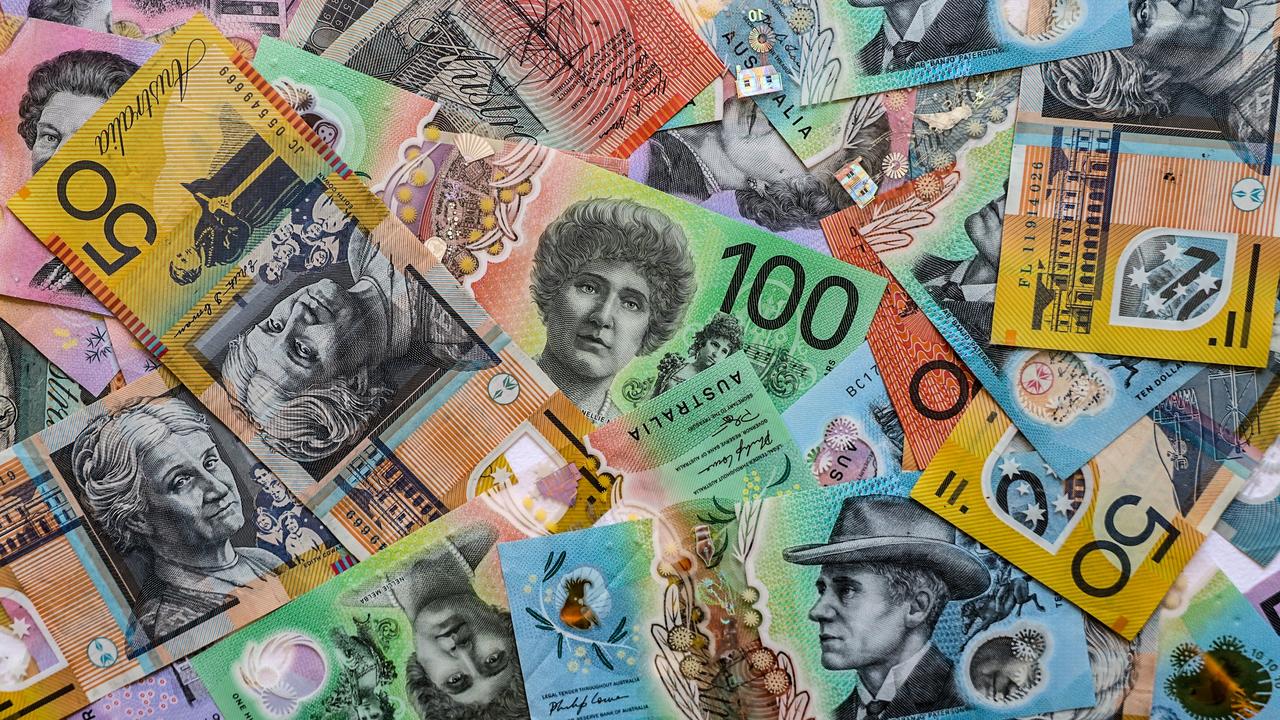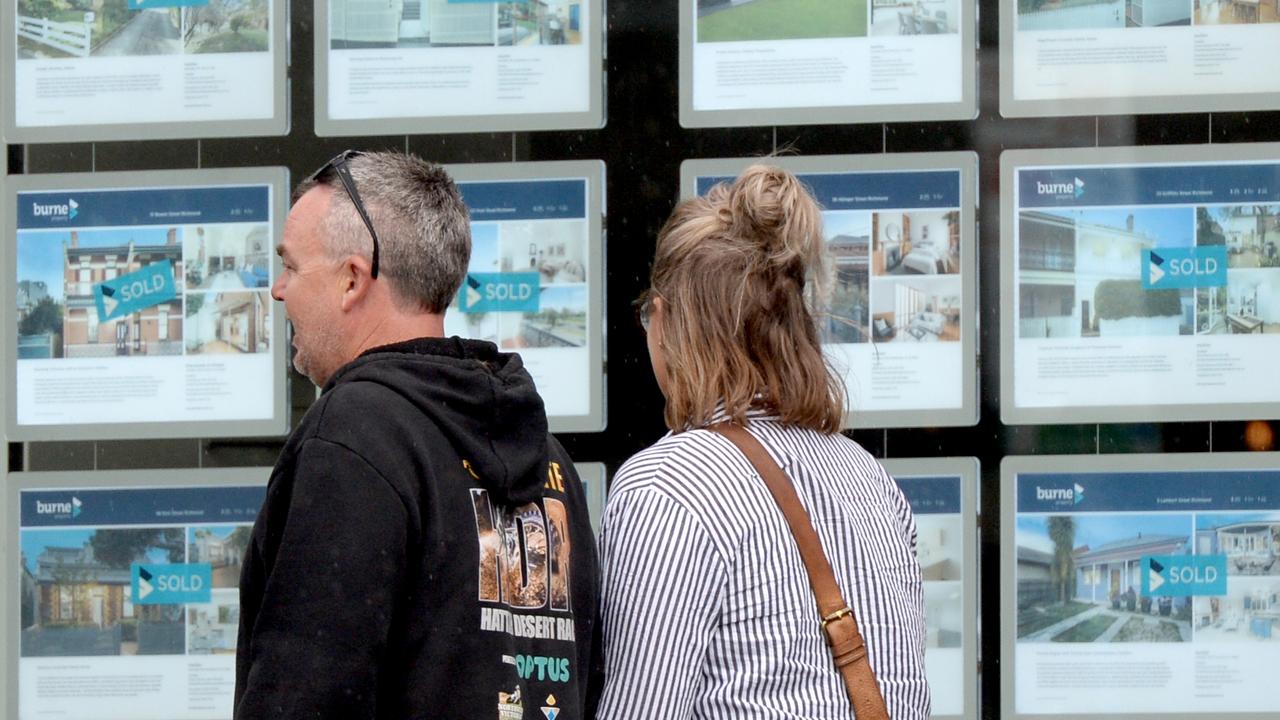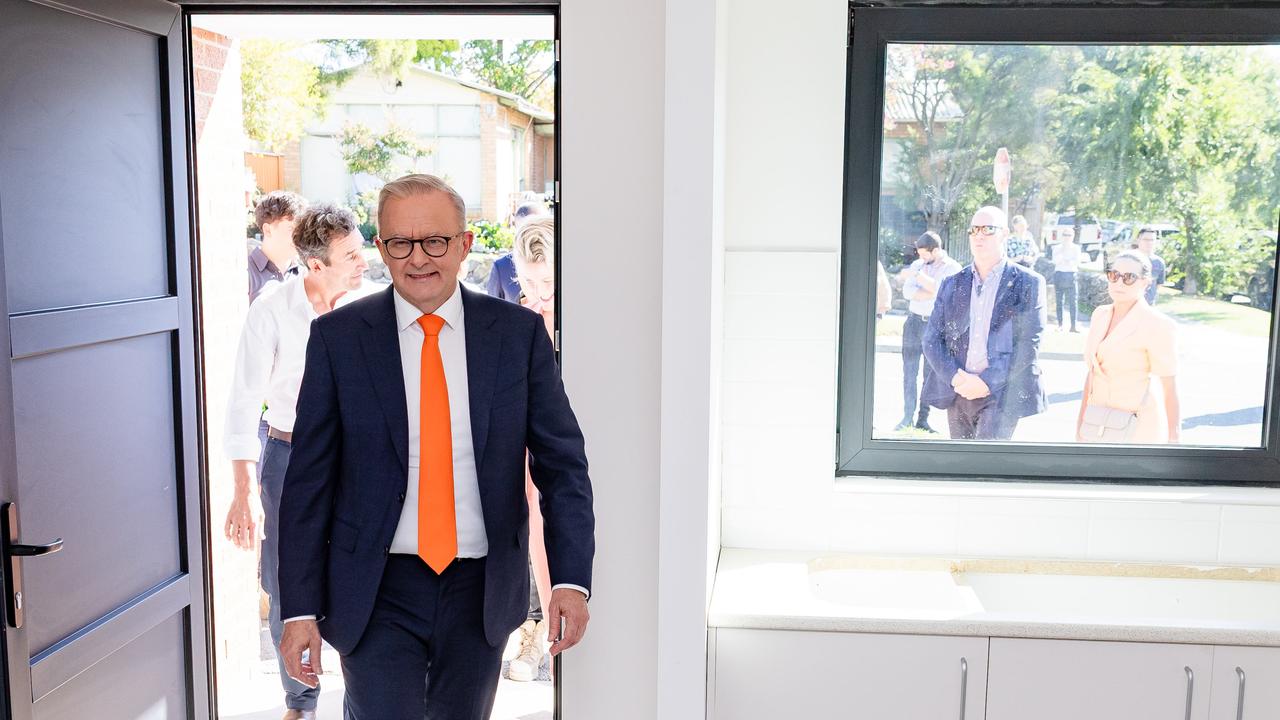Traffic chaos costing businesses $3 billion a year
AUSTRALIA’S chaotic roads are forcing us to spend up to 151 extra hours a year in traffic. And that’s costing us a whole lot of money.
TRAFFIC congestion in our major cities is costing Australian businesses at least $3 billion a year in lost wages alone, according to new analysis.
GPS firm TomTom’s latest Traffic Index Report has found traffic in Australia’s 10 busiest cities is increasing overall travel times by 25 per cent on average.
For commercial drivers, that is increasing their time on the road by 25 minutes a day, which works out to at least $7.15 each, totalling $3.37 billion a year in wasted labour costs.
In Sydney, Australia’s most congested city, drivers spend an average of 39 minutes stuck in traffic every day, working out to an additional 151 hours per year spent on the road.
In Melbourne, the second most congested city, drivers spend an additional 31 minutes a day, or 120 hours on the road. Hobart came in third at 29 minutes, working out to 109 hours a year.
By comparison, the world’s most congested city is Mexico City, where drivers spend nearly an hour a day, or 219 hours a year, stuck in traffic.
TomTom Telematics Australia’s Christopher Chisman-Duffy said traffic congestion was a fact of life for every driver, and the latest results showed the problem was not going away any time soon.
“In fact, traffic congestion in Australia has increased by an average of four per cent over the last eight years, with Sydney being the most congested city in Australia and the 30th most congested city globally,” he said.
“There is a clear need to overcome the congestion challenge to recapture those lost hours.”
TomTom’s dollar figure was determined by using the average cost per vehicle per day across Australia’s 10 busiest cities — based on the minimum wage of $17.29 an hour — combined with Australian Bureau of Statistics data on the total number of commercial vehicles in each city.
For example, ABS figures showed 375,669 freight vehicles registered in the Greater Sydney area in 2014. Businesses would have to pay a driver on the minimum wage an extra $11.24 every day to spend 39 minutes in Sydney traffic.
If 375,669 vehicles each waste 151 hours a year, that works out to $981 million in wages as the lowest possible figure.
Mr Chisman-Duffy said the success of organisations that rely upon a mobile workforce depended on minimising the time spent doing billable work.
“Congestion means there is a greater chance the driver will become stuck, wasting billable time, burning fuel, missing targets and potentially disappointing customers,” he said.
Unsurprisingly, the report found morning peak hours of 8am to 9am to be the worst time to drive, increasing overall travel times by 42 per cent on average. During evening peak hours of 5pm to 6pm, travel times increased by 41 per cent.
TomTom’s Traffic Index Report is just one of many studies attempting to quantify the depth of Australia’s commuter woes. According to Ford, which released an online commuter calculator tool last month, the average Australian’s commute, spread out over their working life, equates to 417 days. That’s 1.1 years on the road.
Or if you believe the Australian Automobile Association, which released Australia’s Worst Commute app earlier this year, daily trips take up 10 to 15 days of our year on average. The AAA puts the total annual cost of traffic congestion at $16.5 billion.
In 2011, research by AMP and the University of Canberra found the average commute had increased from 3.9 hours per week in 2002 to 4.4 per week, or 53 minutes per weekday.
TomTom’s “congestion level” ranking is based on the increase in travel times caused by traffic compared to a free-flow situation. The GPS company measures congestion on the roads of 295 cities around the world, and says it has built up a database of 14 trillion historical travel time measurements.





